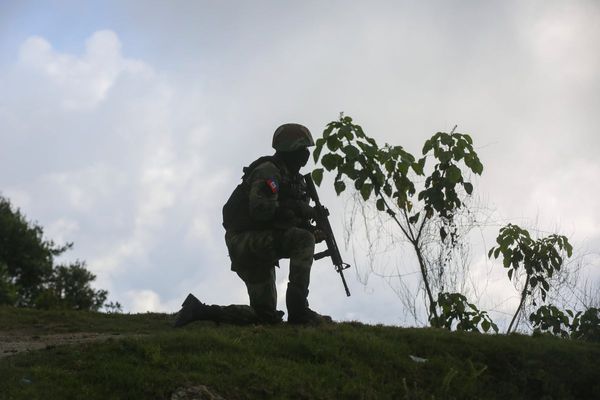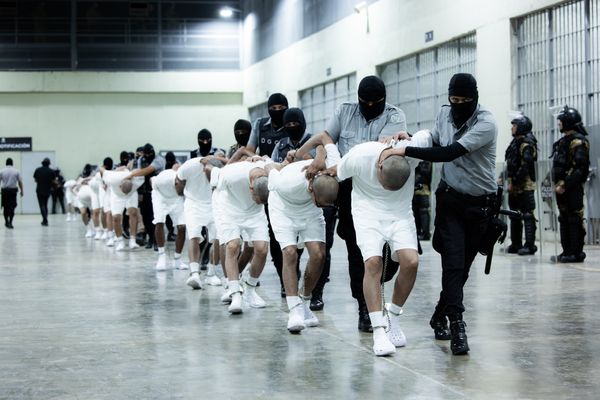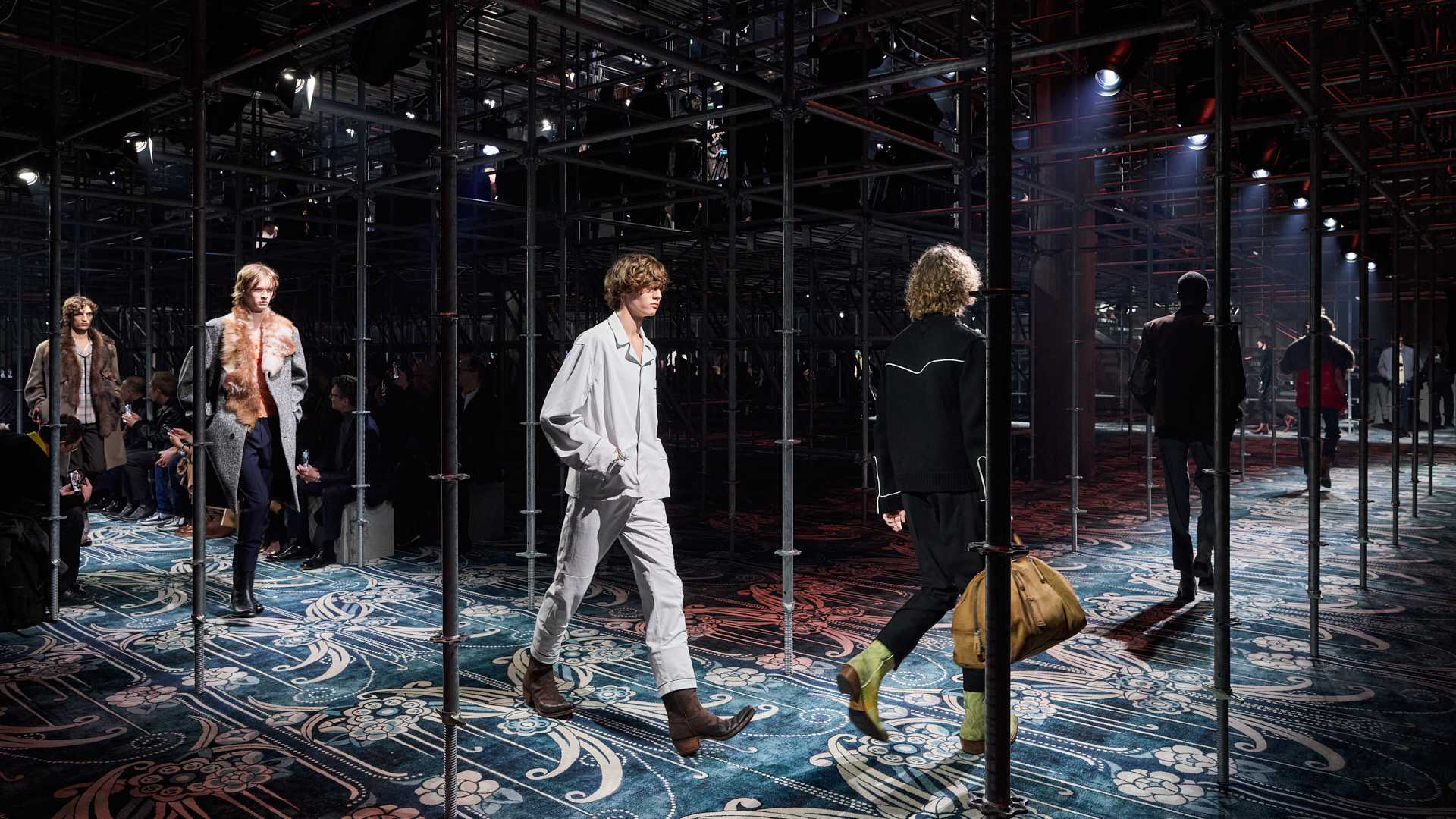
Milan Fashion Week Men’s arrived this past weekend in the Italian fashion capital with a somewhat depleted schedule: with Gucci and Fendi choosing to show co-ed during womenswear week next month, and JW Anderson sitting the menswear season out, there is plenty of chatter about the relative sedateness of the four-day-long event, and thus its future.
Despite this, there have been enough highlights so far to retain a largely buoyant mood, not least the continuing pull of Prada, whereby co-creative directors Miuccia Prada and Raf Simons set the fashion agenda season-on-season with increasingly cerebral collections which are nonetheless rooted in the reality of clothing. This season, an eclectic collection celebrated liberated, instinctual dressing – from ‘primitive’ slices of faux fur to pyjama sets and cowboy boots – in ‘a move towards humanity,’ as Miuccia Prada described backstage.
Elsewhere, there is the usual run of Italian mega-brands: Dolce & Gabbana’s musing on red-carpet style took place on Saturday to a backdrop of flashing paparazzi (‘the public and private sides of cinema icons,’ described Stefano Gabbana and Domenico Dolce of the La Dolce Vita-inspired collection), while at Emporio Armani the eponymous designer explored the idea of ‘seduction’ in typically louche style. Zegna, Giorgio Armani, Dunhill and rising Bologna-based label Magliano round out the week, alongside a slew of presentations, from Tod’s and Brunello Cucinelli to Our Legacy, Stone Island and C.P. Company.
Here, reporting live from Milan, Wallpaper* fashion features editor Jack Moss unpacks the highlights from Milan Fashion Week Men’s A/W 2025, as they happen.
The best of Milan Fashion Week Men’s A/W 2025
Dunhill
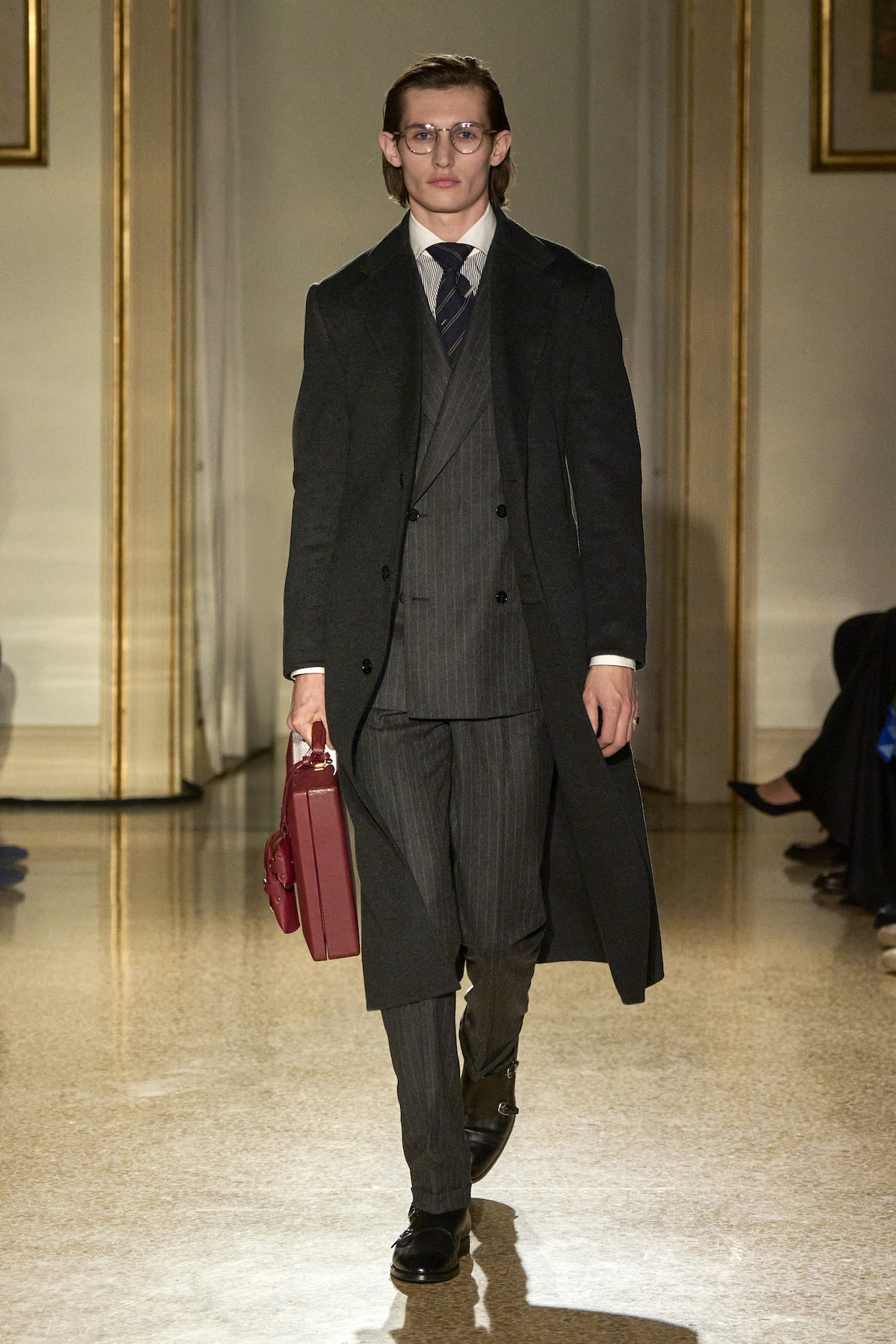
British heritage label Dunhill took over the Società del Giardino, a Milanese private member’s club housed in an opulent palazzo, to stage its second show in the city under current creative director Simon Holloway. Befitting the member’s club mood, guests sat around tables laden with champagne and cucumber sandwiches, a nod towards Holloway’s desire to revive traditional British dress codes (‘English classicism, casual elegance and consistently appropriate wardrobing,’ describes the designer of his Dunhill mission statement). It makes for collections which stand outside of trends or thematics, with Holloway instead choosing to design by refinement, taking existing menswear garments and perfecting them in cut and fabrication. This season, he looked towards the English Drape Suit – also known as the ‘London Cut’ – which is defined by a slightly more fluid silhouette with a nipped waist and sporting shoulder, rising to prominence in the 1930s. His interpretation – in pinstripes or plaids – captured the louche spirit of the decade. Wide-lapelled camel overcoats, high-waist trousers and ribbed knitwear also signalled a bygone glamour, as did the collection’s eveningwear looks, which were worn with velvet slippers. Holloway called these cocktail suits the result of ‘131 years of tailoring finesse’ – a facet of the house that the designer, who is now in his third season, wants to bring back to the fore.
Prada
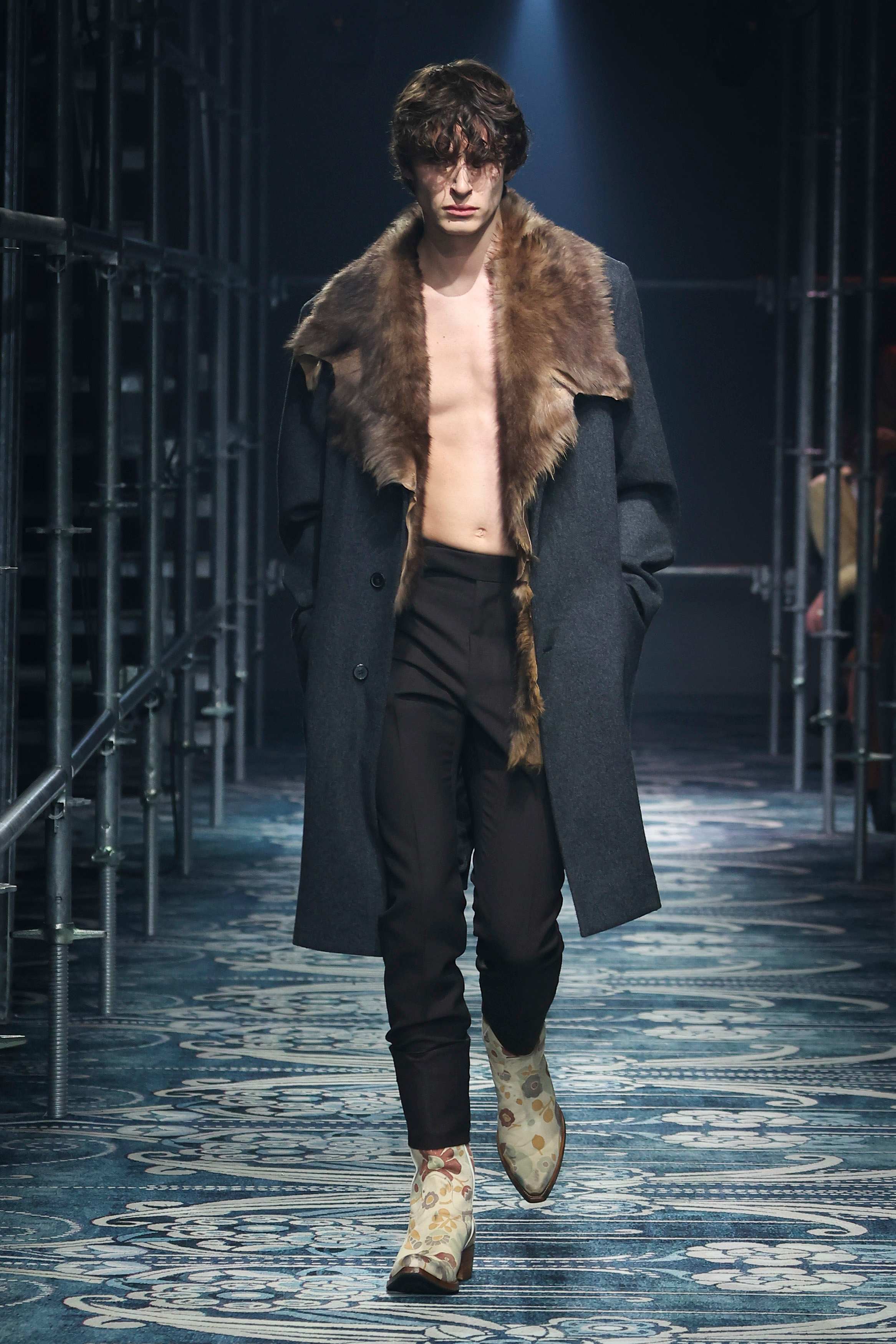
Prada’s latest menswear show, staged on a monumental scaffolding show set at Fondazione Prada’s Deposito space – which stretched over several floors and featured an art nouveau carpet – continued the exploration of eclecticism and intuitive style which defined the house’s previous womenswear collection. Raf Simons, co-creative director with Miuccia Prada, described that show, which featured 49 entirely unique looks and was staged last September, as making the ‘individual a superhero – with their own power, their own story’.
The A/W 2025 menswear collection followed a similar track, with a series of freewheeling looks that Simons called ‘unconscious’, clashing suggestions of naivety and romance – floral motifs, hanging charms, pyjamas, boyish sweaters – with something more ‘primitive’ in tailoring constructed from patch-worked brown leather and raw-cut slices of (faux) fur across sweaters and overcoats. There was something cinematic in looks that referenced Americana, like twisted, turned-up-at-the-toe cowboy boots or jumpers sliced open at the chest to recall the yoke of a Western shirt. ‘We do not want to limit ourselves,’ said Simons.
Backstage, after the show, Miuccia Prada elaborated that this was a collection of ‘romance’ and ‘passion’, capturing ‘a liberating instinct’. She called this instinct ‘crucial’ at this current moment, referencing the rise of both artificial intelligence and conservatism (the show took place the day prior to Donald Trump’s inauguration). ‘This is our move towards humanity,’ she said.
Magliano
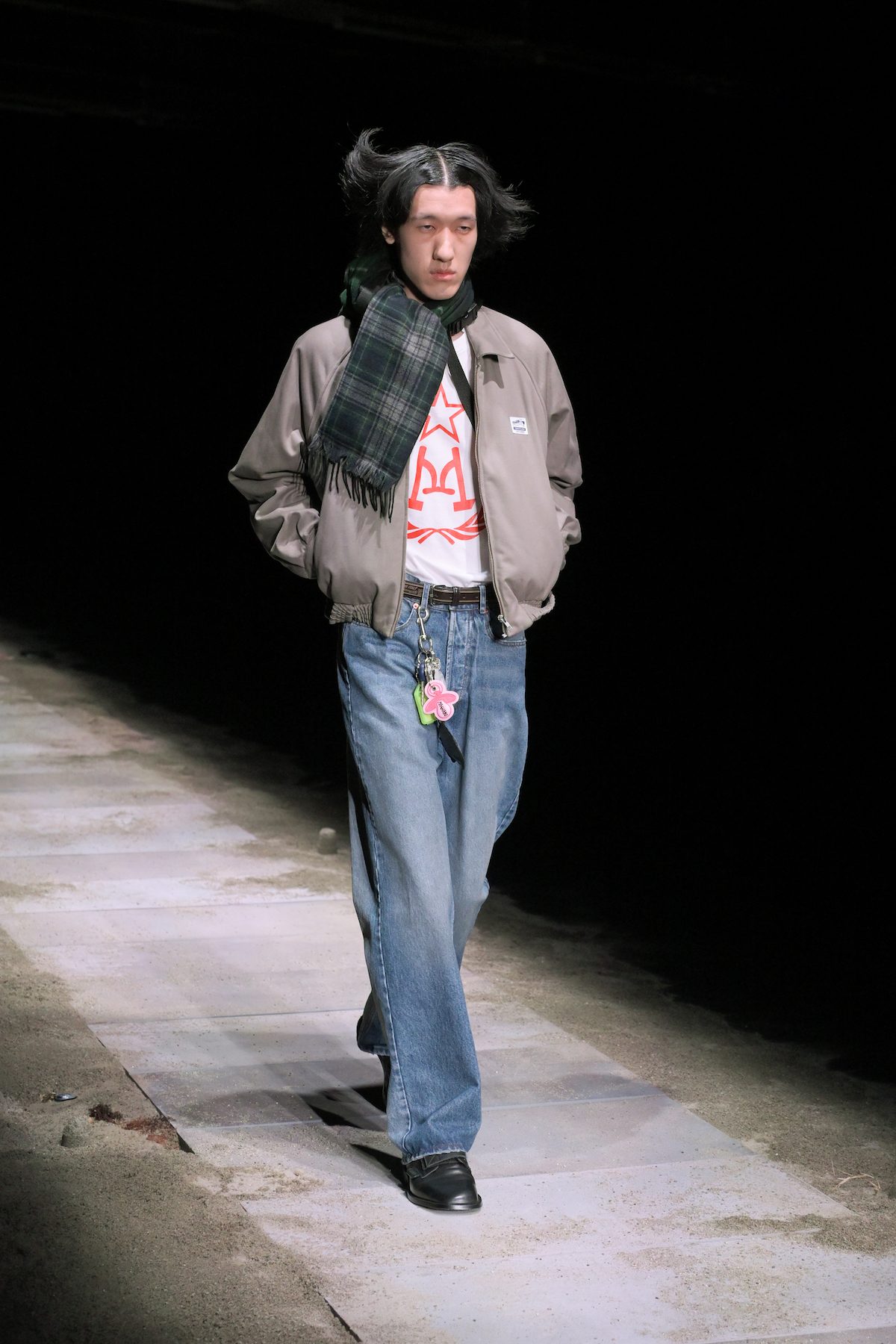
Luca Magliano evoked Italy’s Adriatic coastline with his latest show, running a slice of sandy beach through the underground show space. Though as is typical of the Bologna-based designer’s style, this was not all Edenic white sands and blue skies, but rather a trip to the darkened beach in the dead of a windswept winter’s night, where techno revellers engage in hidden trysts or lonely wanderers search for solace in the waves (a dramatic soundtrack by Berlin-based Aase Nielsen set a cinematic tone). As such, Magliano imagined clothing turned inside out, as if pulled on in haste – knickers stretched over a handbag, trousers turned down at the waist, faux fur slouching off the shoulder – while the garments themselves continued the dishevelled mash-up of Italian bourgeois style and queer clubwear which has run through his oeuvre so far. ‘I love the underground,’ he previously told Wallpaper*, with Magliano the label rooted in Bologna’s history of protest and revolution. With this collection, he continued to draw inspiration from those living life on society’s edges.
Dolce & Gabbana

Stefano Gabbana and Domenico Dolce are well-versed in red-carpet dressing: they have outfitted pretty much every Hollywood power player since they founded the Italian maison in the mid-1980s, their clothing a mainstay of premieres and award ceremonies the world over (including dressing a coveted Best Actress Oscar winner in Susan Sarandon for Dead Man Walking in 1996). For this season’s menswear show, housed in Dolce & Gabbana’s Metropol space (fittingly, a former cinema), the pair turned the runway into a burgundy-hued red carpet flanked by hordes of sharply-dressed paparazzi, whose cameras flashed and whirred as the models made their way onto the runway (the show’s title, as printed on the crimson invite, was ‘Paparazzi’).
The inspiration, they said, began with Federico Fellini's La Dolce Vita, a longtime touchpoint for the designers and the film in which the word ‘paparazzi’ was first coined. Its influence was felt particularly in the latter half of the collection – a series of riffs on the tuxedo, nipped at the waist with a cummerbund or adorned with glimmering crystal brooches and buttons – though the collection largely played with a more contemporary imagining of a leading man, recalling D&G collections of the early 2000s in bulked-up faux-fur jackets, slouchy denim jeans and cargo pants, baker-boy hats, and flourishes of leopard print and sequins. ‘The public and private sides of cinema icons... an actors’ lifestyle from dawn to dusk, from the comfort of free time to the elegance of the red carpet,’ the pair described of the collection, which in its undone glamour continued their astute return to the codes which defined Dolce & Gabbana in the 1990s and 2000s.
Emporio Armani
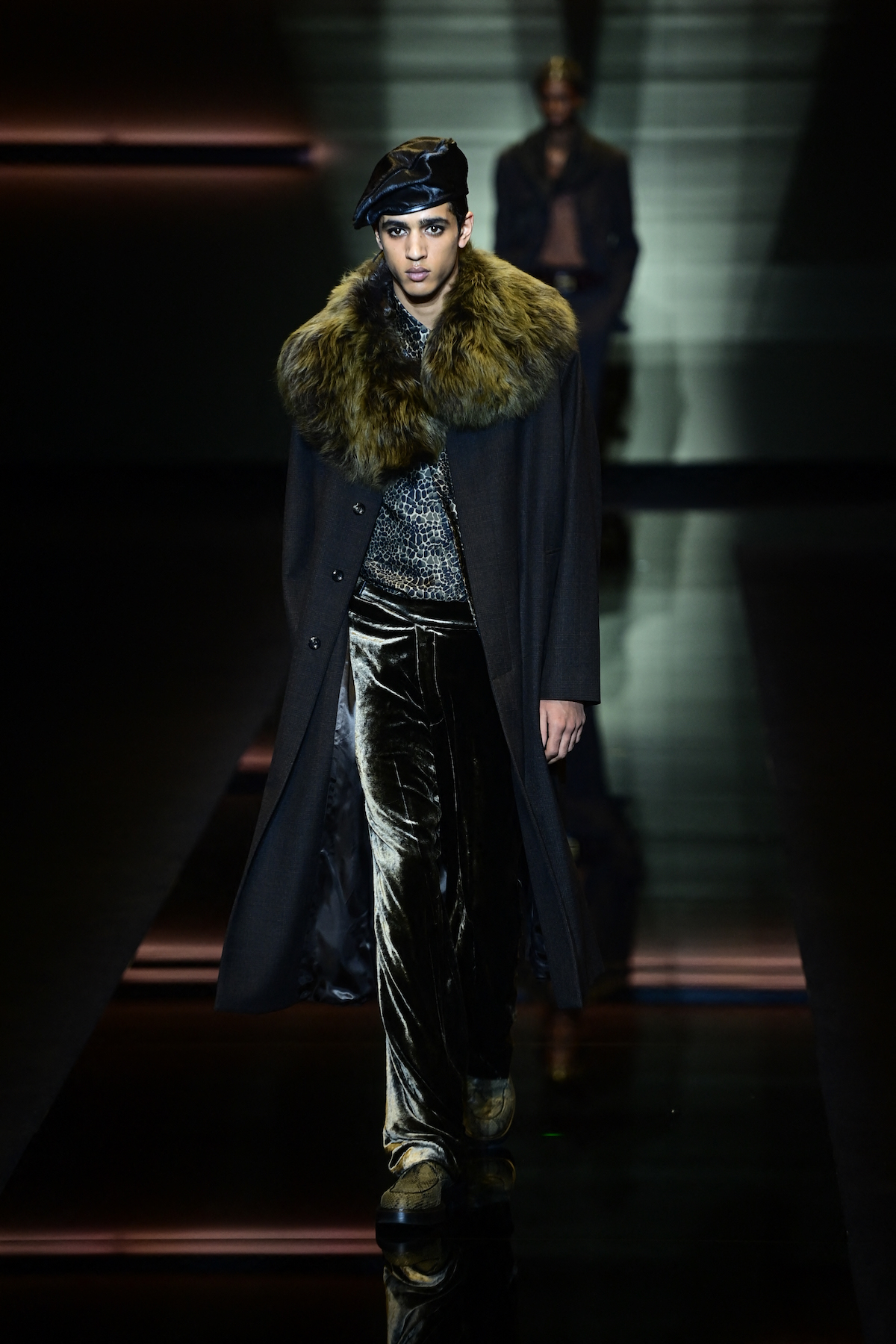
Giorgio Armani said that he was thinking about the idea of ‘seduction’ this season at Emporio Armani – the power of clothing to ‘draw people in, to captivate’. He largely did so through a rich and tactile catalogue of fabrics, from molten velvet – used for typically fluid tailoring – to shimmering lurex knitwear and patchworked brocades. The latter conjured a mood of travel, which continued in pieces which looked set for traversing mountainous realms, from enveloping yeti faux furs to puffer jackets and hiking backpacks. To describe these shifts between the functional (crossbody–bags, technical outerwear, utility pockets) and more typical moments of Armani-esque glamour, the designer said he was interested in exploring the interplay of ‘extremes’. It made for a satisfyingly eclectic outing, continuing Emporio Armani’s raison d’être – to create a truly all-encompassing (and here, all-weather) wardrobe for men. As ever, it ended with a rapturous reception for the designer, who will continue his celebratory 90th birthday year with his latest collection for Giorgio Armani on Monday morning (20 January 2025).
Stay tuned for more from Milan Fashion Week Men’s A/W 2025.


